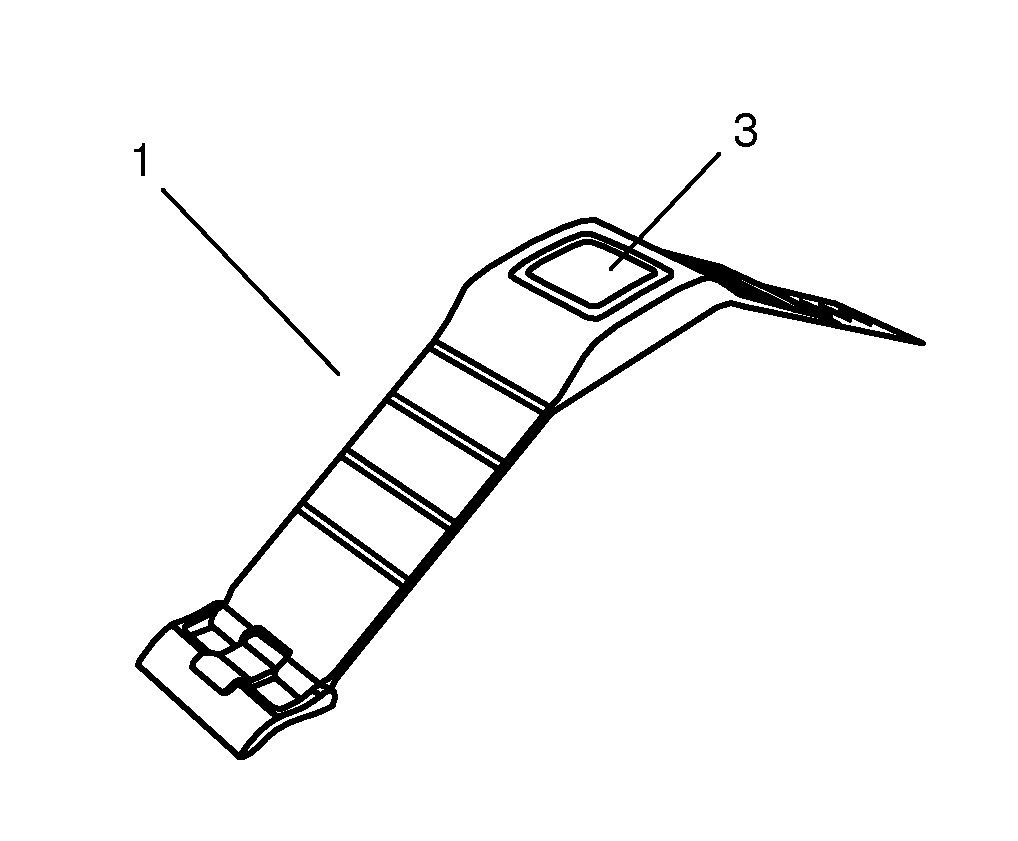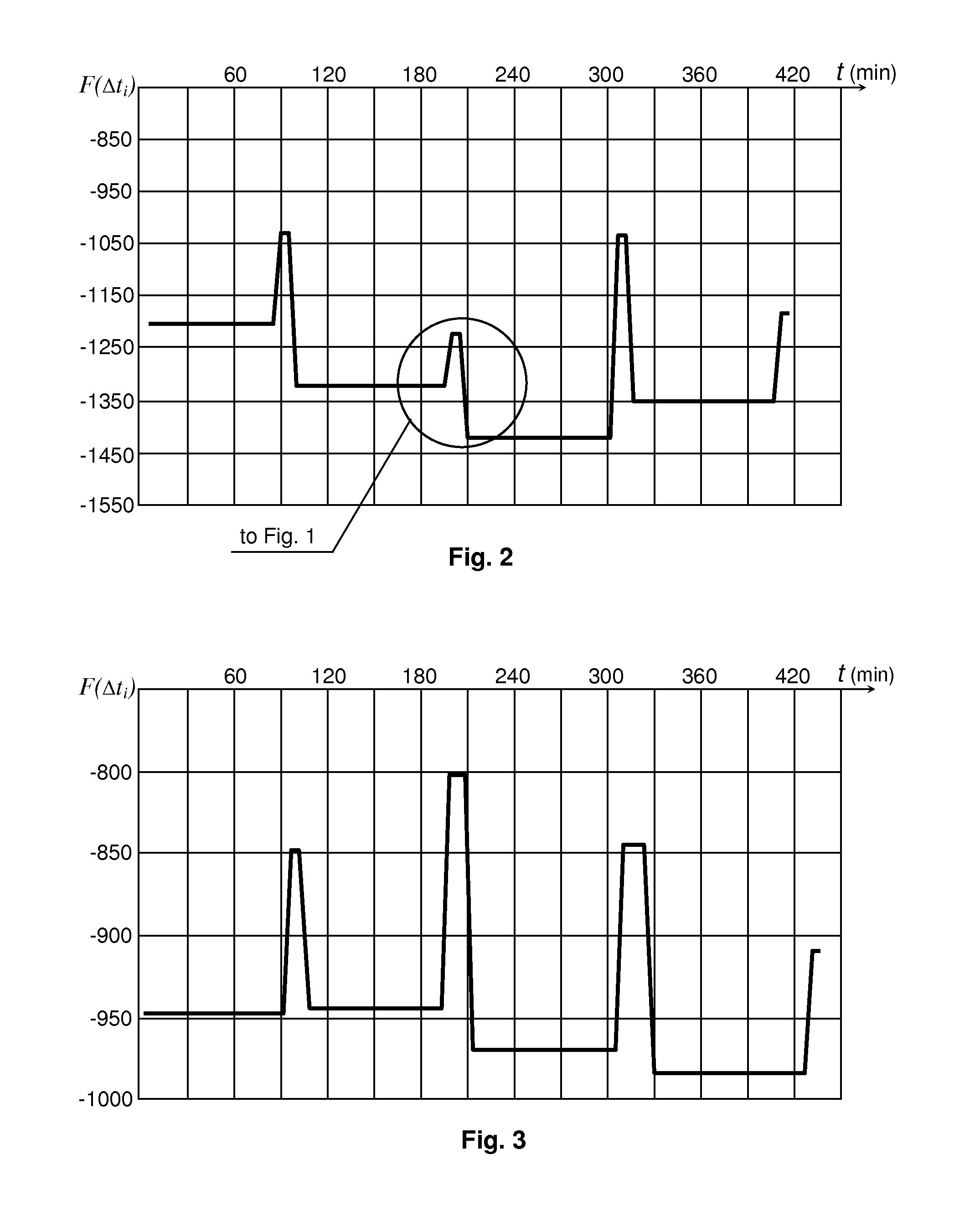Method for determining a person's sleeping phase which is favourable for waking up
a technology of waking phase and measurement method, which is applied in the field of measuring parameters characterizing human sleep, can solve the problems of not being able to use in everyday life, not always occurring at optimal sleep phase, and not being able to achieve the effect of simple and reliabl
- Summary
- Abstract
- Description
- Claims
- Application Information
AI Technical Summary
Benefits of technology
Problems solved by technology
Method used
Image
Examples
Embodiment Construction
[0048]A method for determining the sleep phase favorable to awakening can be implemented using two sensors: a pulse wave sensor and a sensor capable of responding to arm or leg movement, i.e., a motion sensor such as an accelerometer. The sensors can be mounted on a human body separately from each other. For example, the motion sensor can be attached to an arm or a leg, while the pulse wave sensor onto the wrist or forearm. Pulse wave sensors may be represented by piezoelectric sensors, strain gages, and optical sensors. The use of an optical sensor or photoplethysmographic sensor sensitive to vascular blood filling of bodily areas is preferable. It is more convenient for the user if both pulse wave sensor and motion sensor are mounted in a single device, such as shown in FIG. 5 and FIG. 6 and made in the form of bracelet 1 to be worn on the wrist.
[0049]As shown in FIG. 5, the inner side of bracelet 1 carries pulse wave sensor 2 based, for example, on piezoelectric cell. Several pul...
PUM
 Login to View More
Login to View More Abstract
Description
Claims
Application Information
 Login to View More
Login to View More - R&D
- Intellectual Property
- Life Sciences
- Materials
- Tech Scout
- Unparalleled Data Quality
- Higher Quality Content
- 60% Fewer Hallucinations
Browse by: Latest US Patents, China's latest patents, Technical Efficacy Thesaurus, Application Domain, Technology Topic, Popular Technical Reports.
© 2025 PatSnap. All rights reserved.Legal|Privacy policy|Modern Slavery Act Transparency Statement|Sitemap|About US| Contact US: help@patsnap.com



